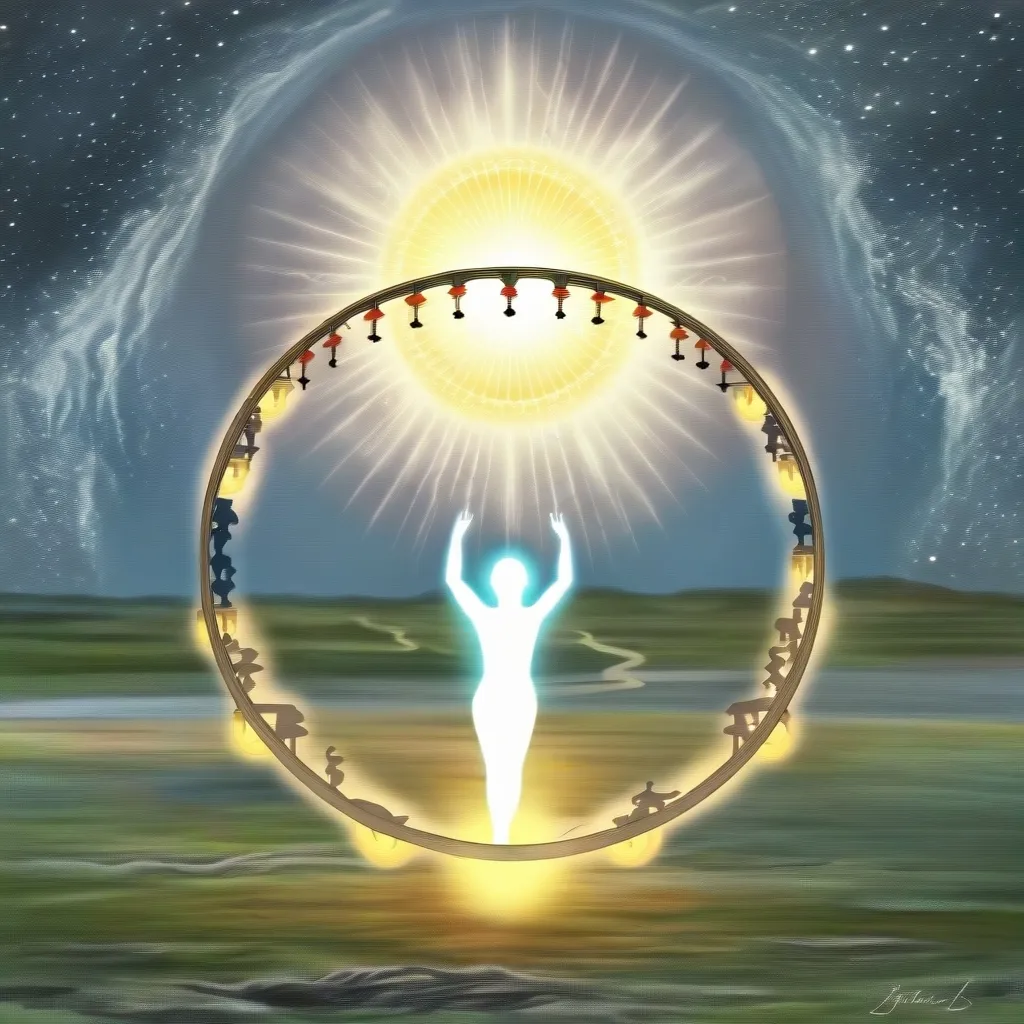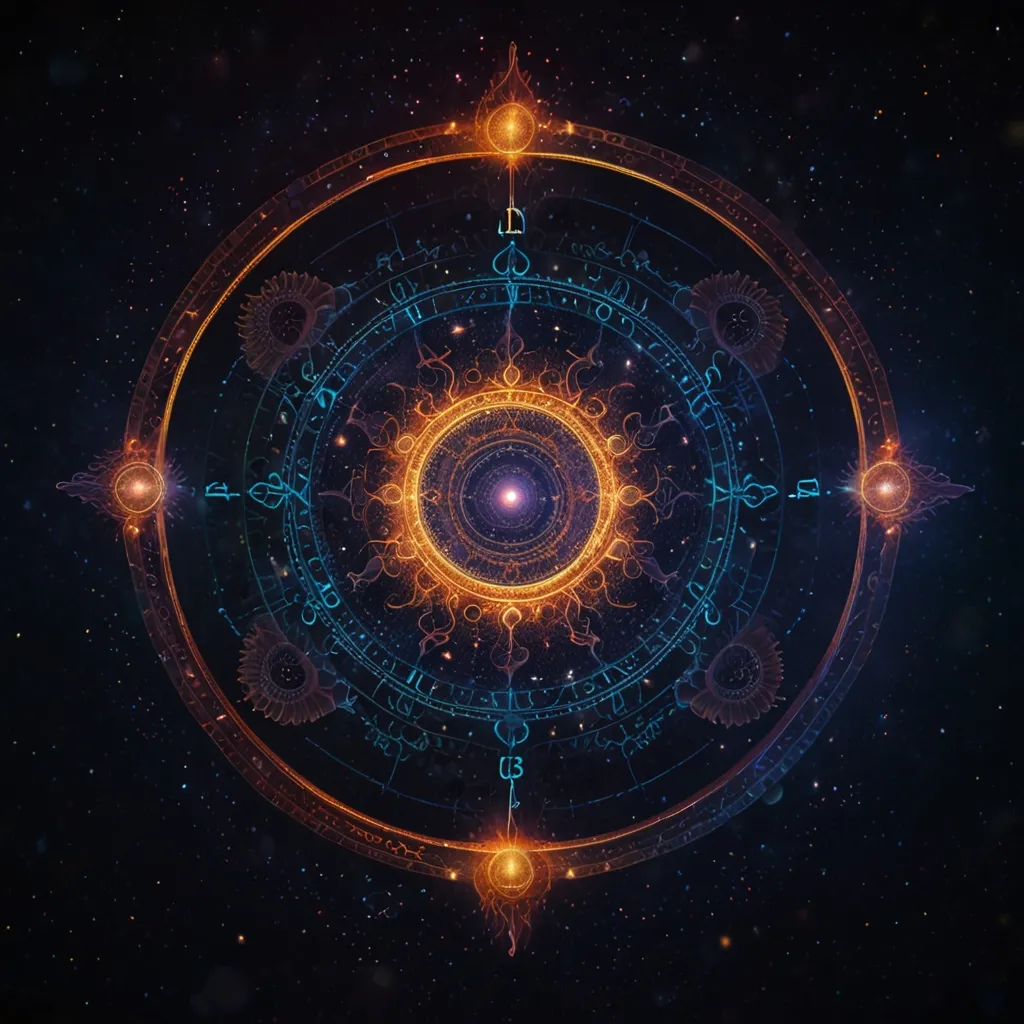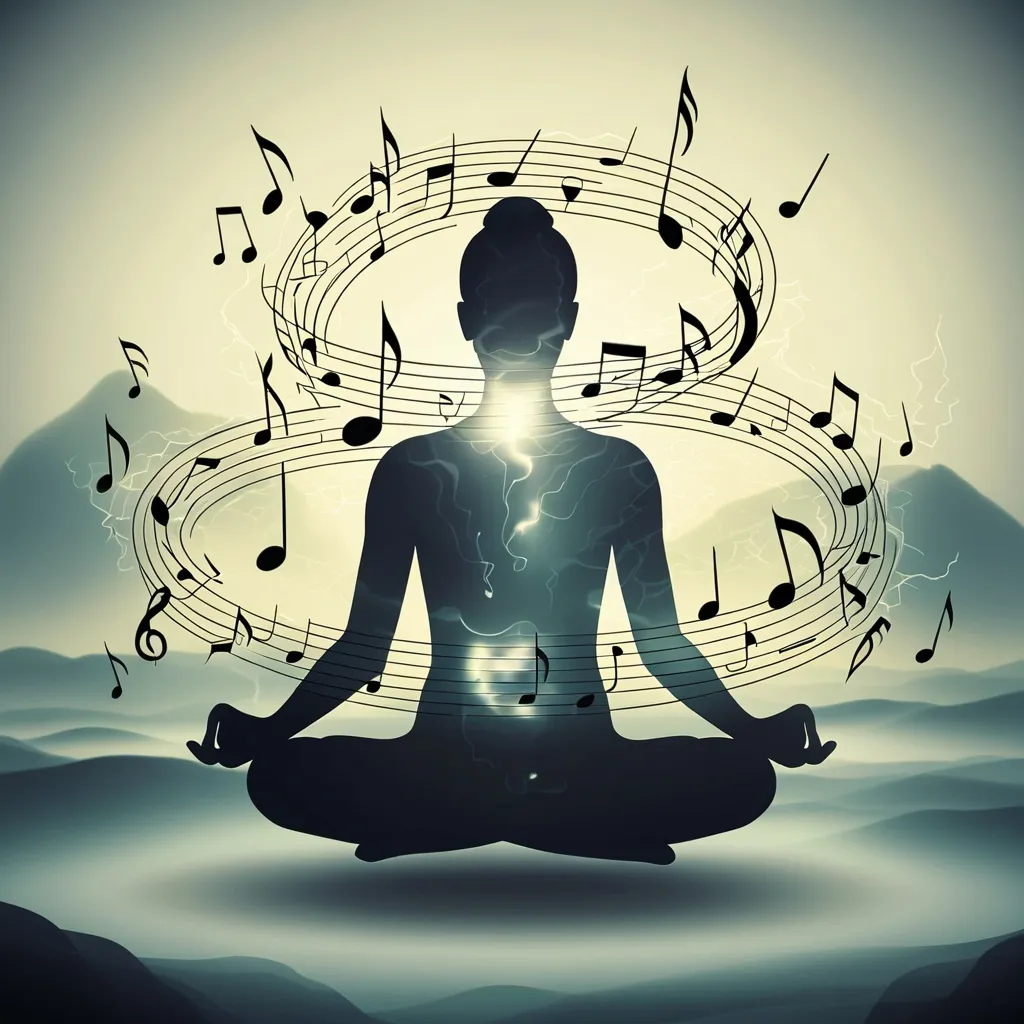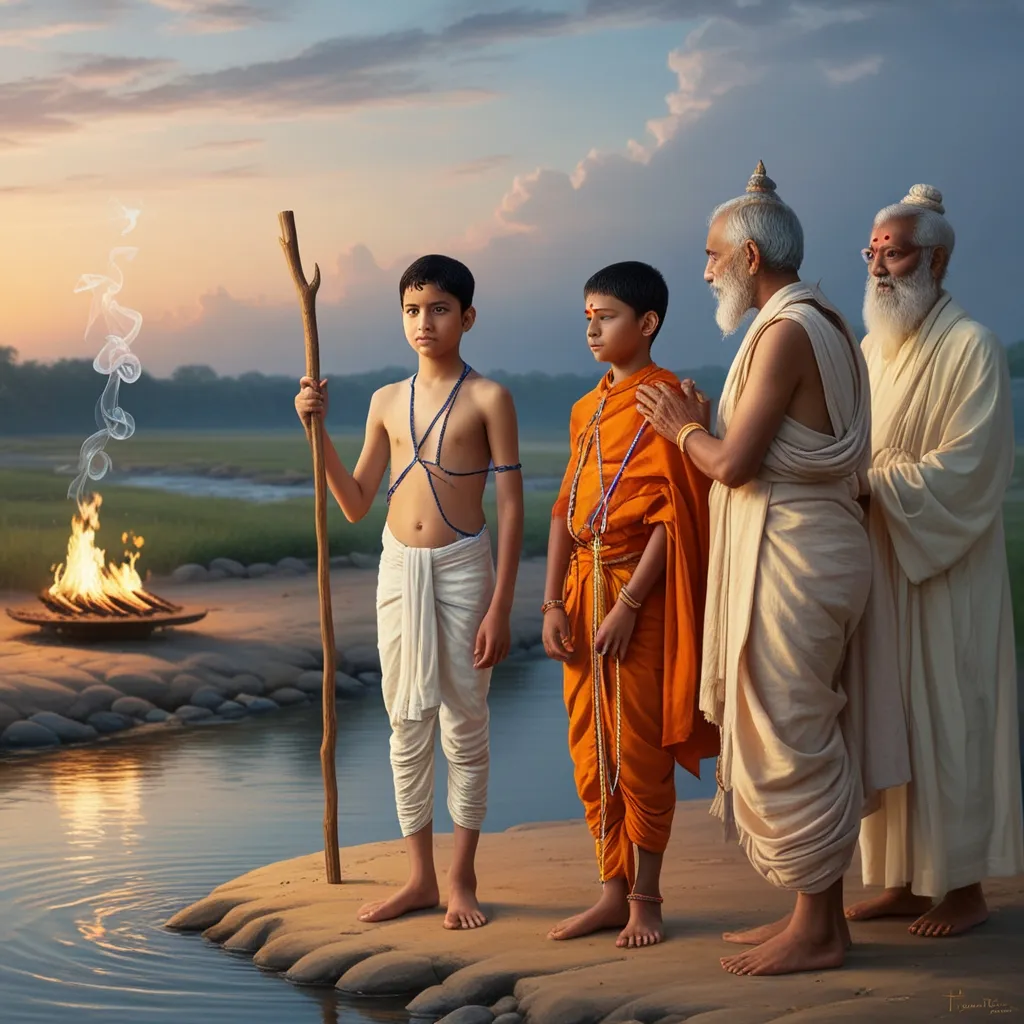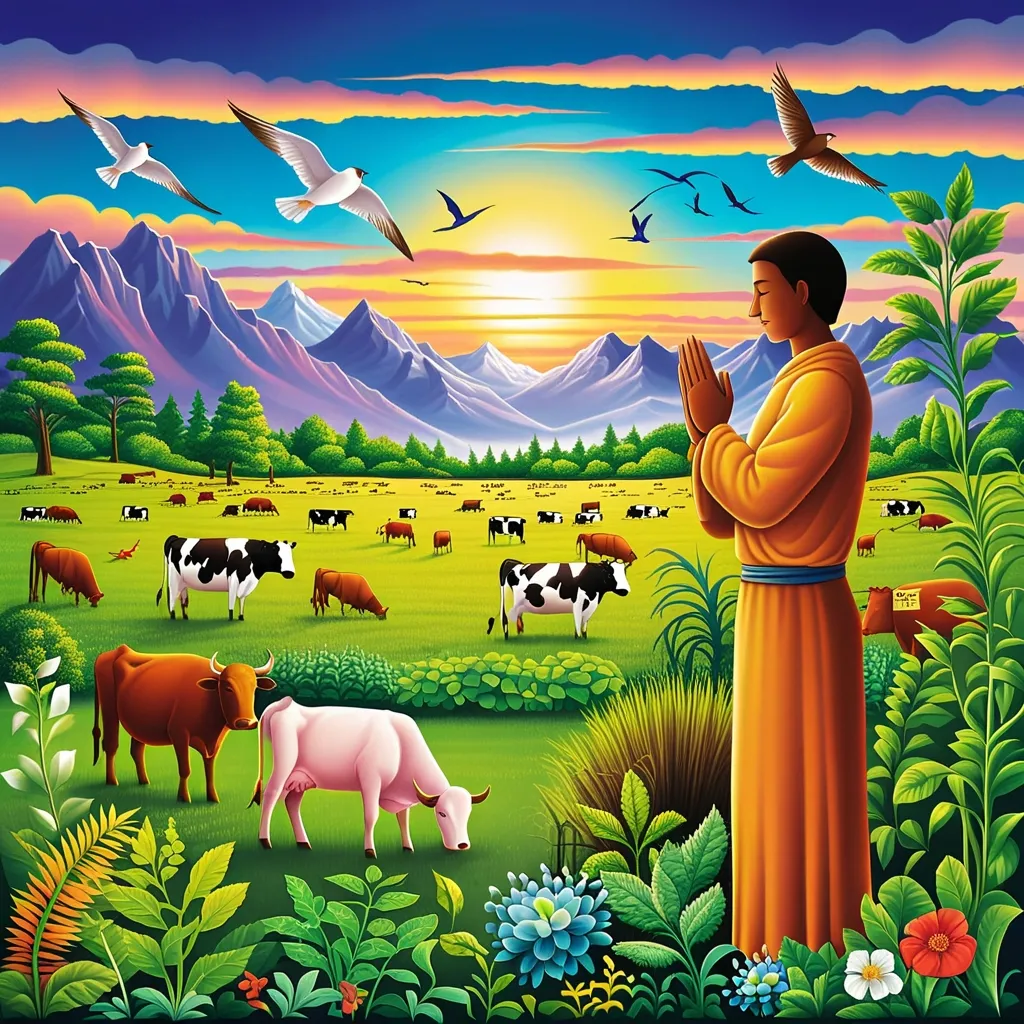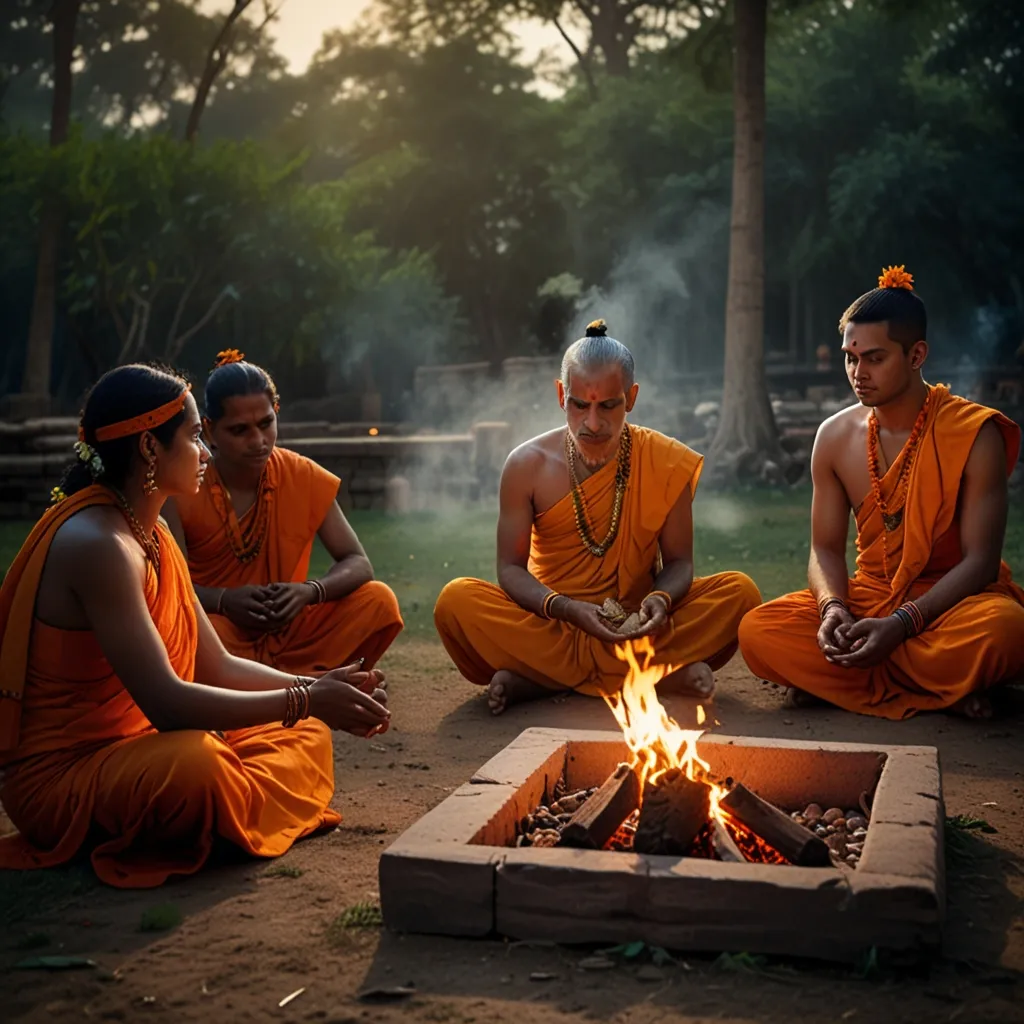In the heart of Hinduism lies a concept so profound, it transcends the ordinary perseptions of life, death, and everything in between. This concept is Moksha, a state of ultimate liberation that marks the end of the endless cycle of rebirths, known as Samsara. This mystical idea is deeply anchored in ancient texts like the Yajur Veda, part of the revered Vedas in Hinduism. Let’s dive into the essence of Moksha and its pivotal role in Hindu philosophy.
The Cycle of Rebirth: Samsara
Picture life as an unending carousel that keeps spinning. That’s Samsara for you—a cycle where souls are reborn repeatedly, with no clear beginning and no definite end. This everlasting dance of life, death, and rebirth is all grounded on karma, which accumulates as a result of every action, thought, or word. It’s not just a physical cycle but a spiritual journey where each soul, or jiva, reincarnates based on its accumulated karma.
The Role of Karma
Karma is the core engine propelling the cycle of Samsara. It’s the cosmic principle of cause and effect, where your current actions shape your future lives. If you do good, you’re likely to have a better rebirth; do bad, and you might descend to a lower form of existence. It’s a life philosophy that promotes ethical living and responsible actions. One of the sacred goals is to collect enough good karma to eventually break free from this continuous loop.
The Quest for Moksha
Moksha stands as the ultimate aspiration in Hinduism. It’s the liberation from the Samsaric cycle. When a soul achieves Moksha, it’s freed from karma and the endless cycle of birth and death. Moksha is about realizing your true nature, which is essentially one with Brahman—the ultimate reality. But this realization isn’t just academic; it’s deeply experiential, demanding dedicated spiritual practice and insight.
Paths to Moksha
Hinduism is quite adaptable when it comes to paths for achieving Moksha. There’s more than one road to liberation, accommodating different temperaments and preferences. One revered path is Jnana Yoga, or the path of knowledge. This involves intense self-inquiry and understanding the non-dual nature of reality, identifying the individual self (atman) with Brahman. Then there’s Bhakti Yoga, the path of devotion, where selfless love and service to a personal deity can lead to liberation. Another way is Karma Yoga, the path of action. It focuses on performing one’s duties without attachment to the outcome, fostering a state of detachment and inner tranquillity.
The Concept of Brahman
Brahman is the ultimate reality in Hindu thought, the unchanging essence underlying all existence. Though beyond the grasp of ordinary human comprehension, Brahman is the very core of being. Realizing Brahman is crucial for achieving Moksha. This realization isn’t merely theoretical; it must be lived and experienced, transcending ego to see the universe as an expression of Brahman.
The State of Moksha
So, what happens when a soul attains Moksha? It isn’t a location but a state of being characterized by eternal joy and bliss. The soul is free from rebirth and the material world’s constraints. It merges with Brahman, losing its individual identity but experiencing a profound sense of unity and peace. Words can’t capture this state fully; it’s something to be experienced, not described.
Practical Aspects of Moksha
While Moksha is the end goal, Hinduism also underscores the importance of living virtuously in the present. The concept of Dharma, or righteous living, plays a role. Living a life of Dharma involves performing one’s duties and responsibilities without being attached to their results. This can encompass social and ritual duties relevant to one’s caste, family, and profession. Leading a life rooted in Dharma not only aids societal harmony but also paves the path to ultimate liberation.
The Role of Ascetic Practices
Ascetic practices are often recommended for those pursuing Moksha. Meditation, yoga, and renouncing worldly desires are part of this ascetic lifestyle. The Bhagavad Gita mentions that one can reach Moksha by doing actions without attachment to their outcomes. Such detachment enables full engagement in life without being bound by its consequences.
The Significance of Moksha in Daily Life
Moksha isn’t just a lofty goal out of reach; it’s a guiding principle for daily living. It teaches that our actions have consequences, emphasizing ethical and responsible living. The pursuit of Moksha pushes us to cultivate virtues like non-violence (ahimsa) and to live harmoniously with nature and society. It also inspires introspection and a deeper understanding of ourselves and the world.
Conclusion
Moksha, the liberation from the cycle of rebirth, represents the pinnacle of Hindu philosophy. It’s a state of absolute freedom and joy where the soul unites with Brahman. Achieving this ultimate liberation involves understanding karma, adhering to Dharma, and following the various paths to Moksha. This journey transforms every aspect of life, turning actions and thoughts into steps toward the ultimate goal. As ancient sages have often articulated, Moksha is not merely a target but a way of living that brings peace, harmony, and liberation to the soul.
